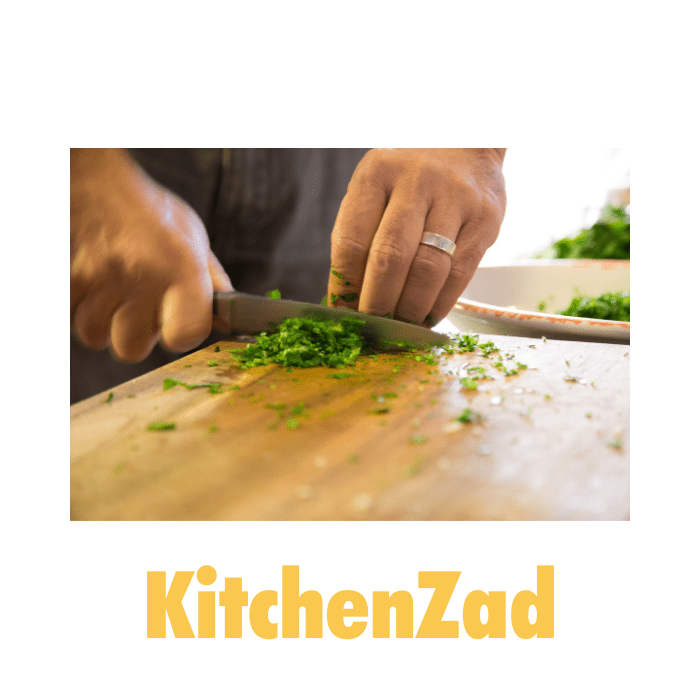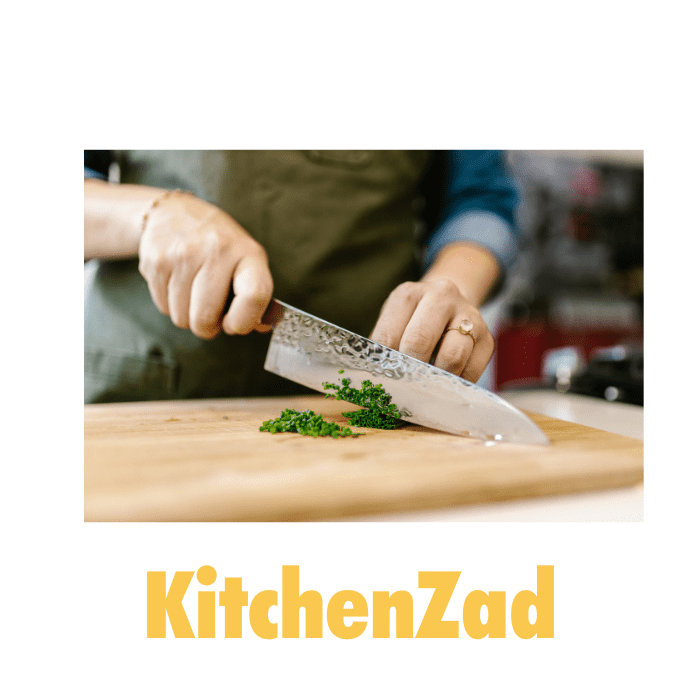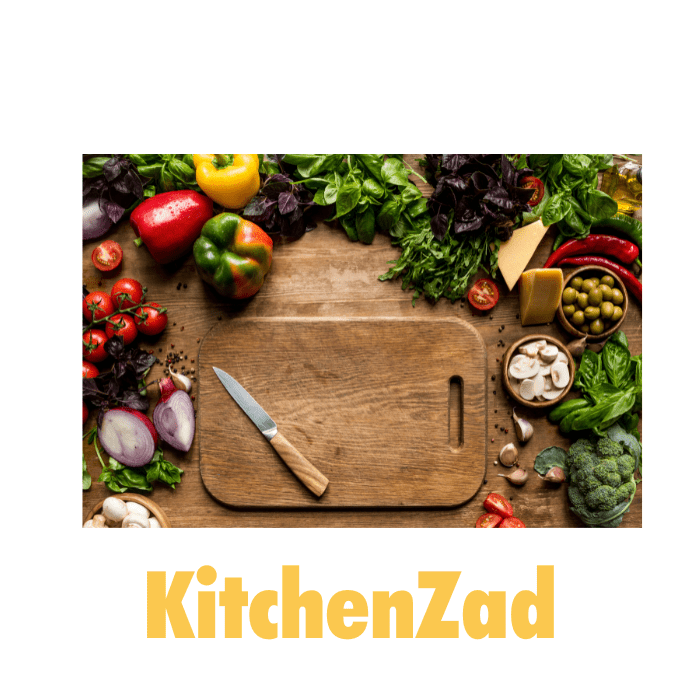Stay food safe with the right cutting boards. Learn the proper maintenance and cleaning techniques, and learn the basics of keeping food safe while you’re cooking.

Cutting boards and food safety
Cross-contamination is the transfer of harmful bacteria from one food item to another.
It occurs when ready-to-eat foods come into contact with surfaces that have held food like raw meat, poultry, fish, or eggs.
This results in the spread of bacteria which can cause illness.
Even for vegetarians, certain fruits and vegetables can transmit bacteria via contact with the boards.
All different types of cutting boards are capable of harbouring dangerous germs.
Avoiding cross-contamination is essential for preventing foodborne illness.
So, always make sure to thoroughly clean your cutting boards.
Cutting boards are essential kitchen tools.
To prevent food contamination, it’s important to use different cutting boards for different food items.
Here are some food safety tips when using cutting boards:
- Choose a cutting board suited for food use and with a flat, sturdy surface.
- Due to their contrasting attributes, plastic and wood must be treated differently.
Dishwashers’ high temperatures make plastic cutting boards a great choice for sanitization.
- Not everyone has a wood cutting board, and those who do must not put it in the dishwasher.
- If you’re washing a cutting board by hand, you should:
Rinse the debris off the cutting board (being careful not to splatter contaminated water all over the place);
Scrub the cutting board with soap and water (to get out anything in the scratches or grooves on the board’s surface).
It is vital to clean the cutting board properly and use a suitable sanitiser for wooden or plastic boards accordingly.
Mix one tablespoon of bleach with a gallon of water for a chlorine-based sanitiser solution for sanitizing plastic.
This sanitization should last for around one to two weeks.
In contrast, a quaternary ammonium sanitiser for your wooden boards would be perfect, such as a solution for Mr Clean and water.
It is highly important to follow the dilution instructions on the label.
- Chlorine binds very easily to organic materials, like the wood on a cutting board.
This helps neutralize the antibacterial properties of the board.
- “Quaternary ammonium is more effective at killing bacteria on wood or other organic surfaces.
- ”It’s worth noting that you should also sanitize your kitchen sponge/rag/brush after you’ve used it to scrub the chicken juice off your cutting board.
- Not sanitizing your kitchen tools means you increase contamination risk the next thing you wash
This is the exact opposite of what you’re trying to do
- Makes sure you dry your cutting board after completing the cleaning process – it’s essential.
- According to Chapman, it’s essential to store the cutting board in a well-ventilated space to allow for thorough drying.
- Providing a conducive environment for bacteria to thrive with moisture should be avoided.
- “Historically, butchers used to put salt on their butcher blocks to keep them from smelling bad,” Chapman says.
This worked because the salt drew the moisture out of the wood and prevented bacterial contamination, which is what caused the smell.
- Cleanliness is a major factor in preventing foodborne illness.
- For 20 seconds or more, make sure to wash your hands with warm water and soap to minimize the spread of bacteria.

Read also: Why is It Important To Use A Cutting Board?
Colour-Coded Cutting Boards: Prevent Cross-Contamination
Cross-contamination is a leading cause of food poisoning.
To reduce cross-contamination, it’s a good idea to use different cutting boards for each type of ingredient.
Each cutting board should be colour-coded.
Using colours to differentiate your cutting boards is a great way to avoid cross-contamination.
This help prevents you from chopping lettuce on the same one used for raw meat.
Don’t worry, you don’t have to apply all of these suggestions to cook safely in your home.
Just having a single, brightly coloured cutting board that is solely used for raw meat is effective enough.
Here are the different cutting board colours and their meanings:
Green: Fruits & Vegetables
Yellow: Raw Poultry
Blue: Cooked Food
White: Dairy Products
Tan: Fish & Seafood
Red: Raw Meat
You can purchase a complete set of cutting boards that coordinate with the colours mentioned.
Alternatively, you can purchase each colour individually if you don’t want the full collection.

Frequently asked questions
When should I get a new cutting board?
All cutting boards have a limited life in your kitchen.
The more damage a surface sustains, the more difficult it is to completely clean and disinfect it.
Additionally, pathogens can easily hide in these places.
Michigan State University recommends replacing your cutting boards once it warps or crack.
You should do this even before your planned change date.
Replacing your board is important as bacteria thrive in the grooves.
The deeper these grooves are, the more chance for bacteria to grow.
Replacement should be regular, usually every month or three months, and watch out for any signs of damage.
Gently sanding your cutting boards with fine-grained sandpaper is another way to extend their lifespan.What are the Different Types of Cutting Boards?
There are three main types of cutting boards: wood, plastic, and composite.
– Wood cutting boards are the most popular option
– Plastic cutting boards are lightweight and easy to clean, but they can be scratched easily.
– Composite cutting boards are made from a combination of materials such as wood fibres and plastic resins.
They are more durable than plastic but less so than wood.What is the proper storage for cutting boards?
Cutting boards should also be stored in a cool, dry place away from direct sunlight.
Read also: 10 Best Over the Sink Cutting Board

